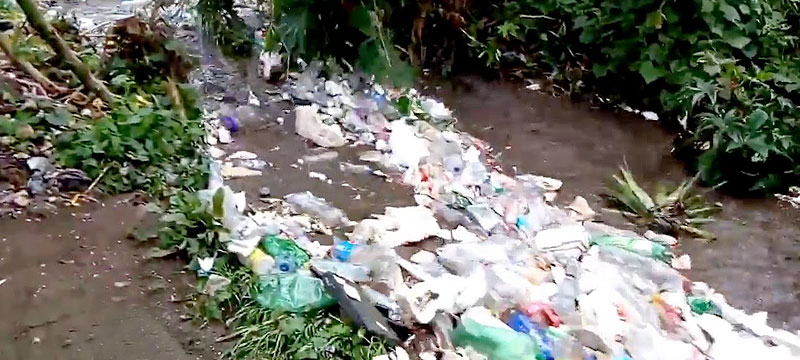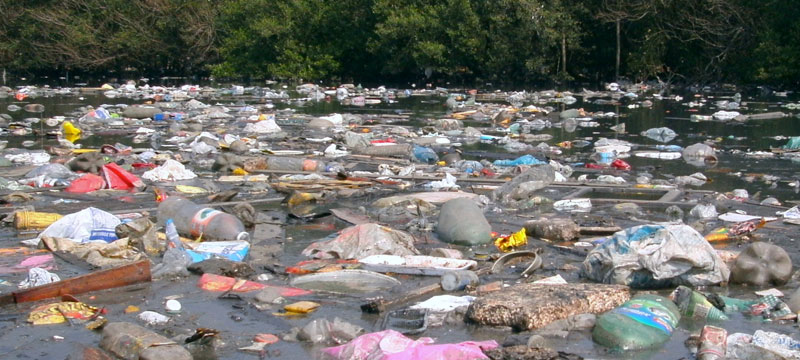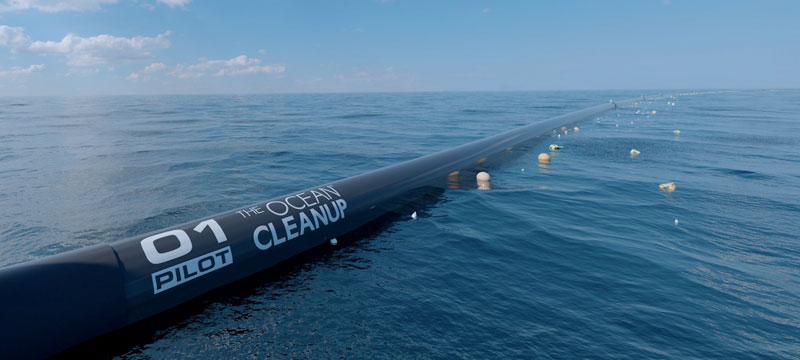What Are We Going To Do About The Plastic Pollution Problem?

An Epic Flow of Plastic Pollution
Recently on YouTube I saw a video of a river, purported to be in the rural Chimaltenango region of Guatemala, that was a constant flow of plastic: waste clogging the stream in a relentless deluge of discarded plastic in what seemed like a never-ending decent to the ocean. It was so awful it could not be real. Indeed, some questioned its authenticity as some kind of Photoshop fraud. But a volunteer working for an NGO alongside the riverbed quickly attested to its reality — not just as a one-time phenomenon, but as a constant, epic flow of plastic. Guatemala is not alone: the vast majority of plastic finding its way into the ocean flows from river systems, coursing through inland agricultural to coast-wise urban centers, accumulating and concentrating all along the way.
Unlike other reports of the pervasive polluting impacts of plastic waste worldwide, this one hit me emotionally, viscerally, combining disbelief with anger with outrage that such a condition could be created, tolerated, and left unsolved. It was as if the watershed, the life’s blood of Nature, has been infected by rampant disease that signaled only death, of that river, that place, indeed of the whole world, possessed, inundated, and poisoned by plastic.

The Great Pacific Garbage Patch
That same week a new report was published that revised the estimate of what is called the Great Pacific Garbage Patch, a massive accumulation of plastic cohered by ocean winds and currents into a huge floating island of junk, first estimated to be some 700,000 square kilometers, roughly the area of Texas, now measured at almost twice that size and growing, converted to the astonishing number of 5,800,000 square miles. The GPGP is not the only example: lesser gyres are gathering similar concentration in the Atlantic and Indian Oceans. Arctic and Antarctic waters are no longer immune.
What is this stuff? The inventory is made up of every form of plastic waste — from throwaway bottles and containers, manufacturing by-products, illegal dumping and other detritus discarded by activities on land from harbors and storm drains, from stationary platforms and shoreline industries, and from ship garbage to enormous abandoned fishing nets and other gear. Plastic straws, cigarette filters, packaging materials, toys and car parts, abrasives in toothpaste and cosmetics — just about everything made of plastic discarded and forgotten in the sea. This mass moves and turns, biodegrades in the sun, and into micro-pellets that descend into the water column as tiny beads to become part of the food chain, mistaken as food, ingested by fish, and ultimately, via harvest and market, into our bodies whether we know it or not. It is insidious and invisible. The negative impact on marine plants and animals is one thing, but suddenly the assault on ourselves is another.

Remember plastic is an oil-based product; it contains all the properties of oil, to include chemicals and other additives that are part of a very much larger problem that affects our way of life additionally as CO2 emissions, persistent organic pollutants, and all the other poisons incorporated in the deleterious cycle of oil. Not to mention climate change, the most serious global challenge we face in the 21st century. The oil companies depend on our dependence on plastic.
The crisis has been exacerbated by the announcement, that same week, that China was no longer going to accept the world’s trash, all the waste from the developed world, particularly the United States, that had been conveniently trans-shipped out of sight, out of mind, across the ocean where it would conveniently disappear. No longer.

Solutions
All these factors, taken together, must bring this global problem into compelling focus. To be frank, effective response thus far has been pathetic. There have been constant scientific studies; organizations such as Project Kaisei, 5Gyres, Plastic Pollution Coalition, the World Ocean Observatory, Surfrider Foundation, Oceana, Take 3 and many others have addressed the need for political and public awareness; local activists have made certain progress with deposits on plastic bottles; cities and states have been successful in placing bans on single use plastic bags and polystyrene containers; a young Boyan Slat made headlines unveiling The Ocean Cleanup concept to harvest debris using booms and ships, to bring plastic to recycling, re-entering the raw material into the industrial chain of being, possibly for a profit. This is all good and we celebrate every success. But progress is slow and much is still to come.
We can recover planes, sunken ships, and bombs from the sea. We are mapping the entirety of the ocean floor. We can transport goods worldwide thousands of containers at a time. We can build oil rigs and wind towers. We can dig for sand, uranium and gold beneath the sea. We have the ingenuity and the capacity for all of this. Why don’t we have the technology, the motivation, the financial incentive, the political will, and the moral commitment to clean up our mess before in it we drown?
PETER NEILL, Director
World Ocean Observatory
April 4, 2018
- Login to post comments
-


